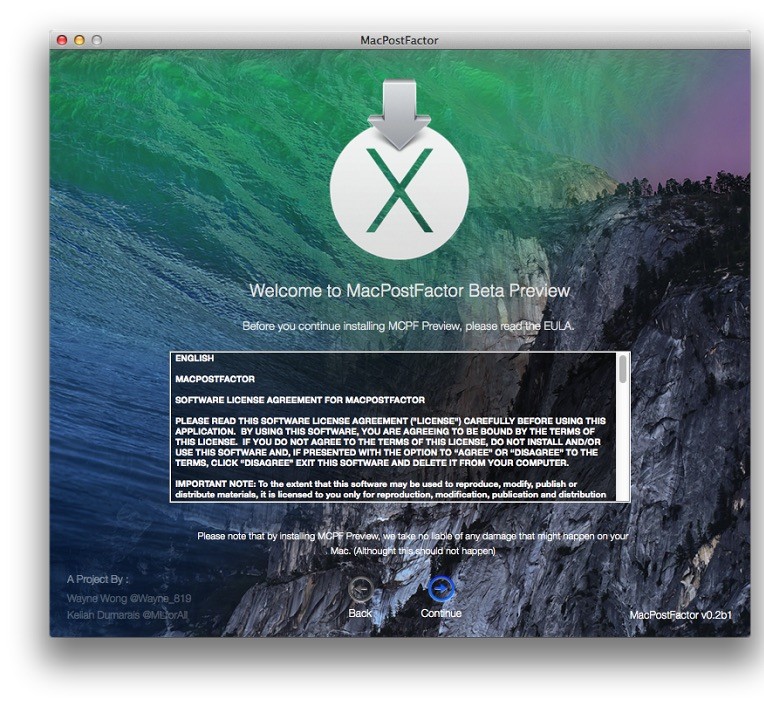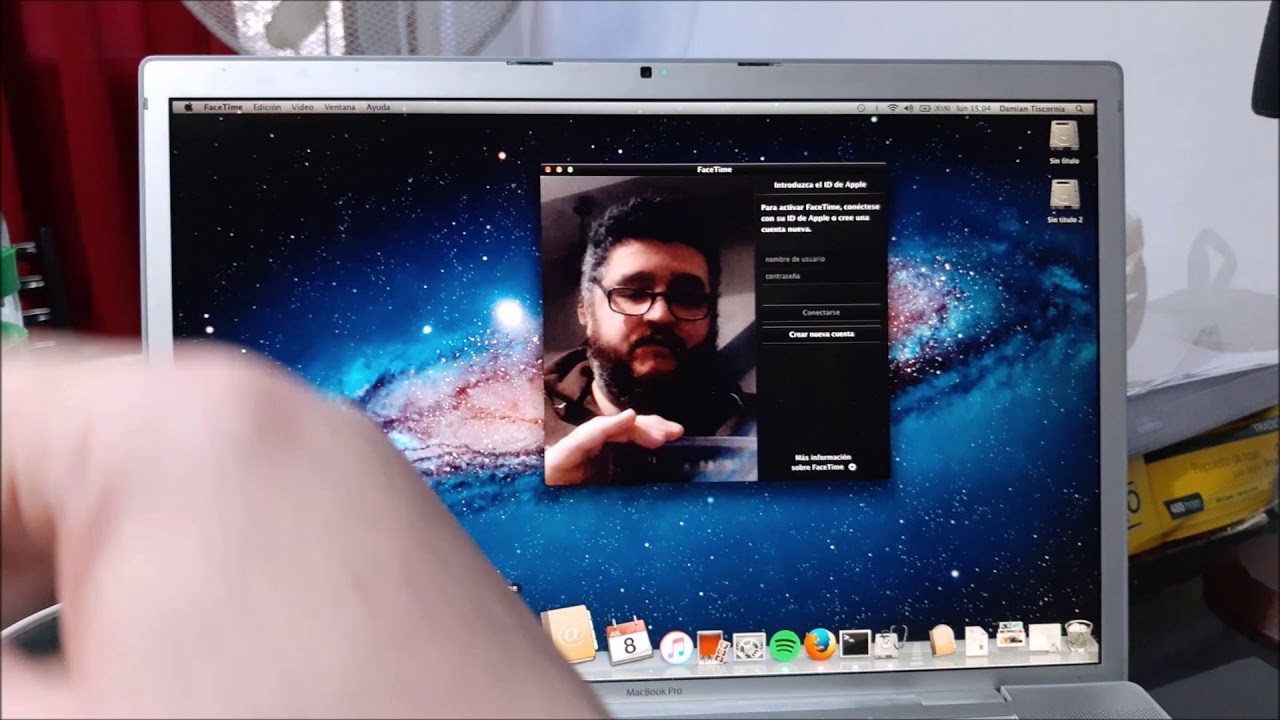Download the 5 files via links below (you may need to <ctrl> click, select Download Linked File As.. on each link) Save to your downloads folder
Please know.. IF You have any DoD certificates already located in your keychain access, you will need to delete them prior to running the AllCerts.p7b file below.
https://militarycac.com/maccerts/AllCerts.p7b,
https://militarycac.com/maccerts/RootCert2.cer,
https://militarycac.com/maccerts/RootCert3.cer,
https://militarycac.com/maccerts/RootCert4.cer, and
Double click each of the files to install certificates into the login section of keychain
Select the Kind column, verify the arrow is pointing up, scroll down to certificate, look for all of the following certificates:
DOD EMAIL CA-33 through DOD EMAIL CA-34,
DOD EMAIL CA-39 through DOD EMAIL CA-44,
DOD EMAIL CA-49 through DOD EMAIL CA-52,
DOD EMAIL CA-59,
DOD ID CA-33 through DOD ID CA-34,
DOD ID CA-39 through DOD ID CA-44,
DOD ID CA-49 through DOD ID CA-52,
DOD ID CA-59
Macpostfactor For Macbook Air
DOD ID SW CA-35 through DOD ID SW CA-38,
DOD ID SW CA-45 through DOD ID SW CA-48,
DoD Root CA 2 through DoD Root CA 5,
DOD SW CA-53 through DOD SW CA-58, and
DOD SW CA-60 through DOD SW CA-61
NOTE: If you are missing any of the above certificates, you have 2 choices,
1. Delete all of them, and re-run the 5 files above, or
2. Download the allcerts.zip file and install each of the certificates you are missing individually.
Errors:
Error 100001 Solution
Error 100013 Solution
You may notice some of the certificates will have a red circle with a white X . This means your computer does not trust those certificates
You need to manually trust the DoD Root CA 2, 3, 4, & 5 certificates
Double click each of the DoD Root CA certificates, select the triangle next to Trust, in the When using this certificate: select Always Trust, repeat until all 4 do not have the red circle with a white X.
You may be prompted to enter computer password when you close the window
Once you select Always Trust, your icon will have a light blue circle with a white + on it.
The 'bad certs' that have caused problems for Windows users may show up in the keychain access section on some Macs. These need to be deleted / moved to trash.
The DoD Root CA 2 & 3 you are removing has a light blue frame, leave the yellow frame version. The icons may or may not have a red circle with the white x
| or | DoD Interoperability Root CA 1 or CA 2 | certificate | |
| DoD Root CA 2 or 3 (light blue frame ONLY) | certificate | ||
| or | Federal Bridge CA 2016 or 2013 | certificate | |
| or | Federal Common Policy CA | certificate | |
| or | or | SHA-1 Federal Root CA G2 | certificate |
| or | US DoD CCEB Interoperability Root CA 1 | certificate |
If you have tried accessing CAC enabled sites prior to following these instructions, please go through this page before proceeding
Clearing the keychain (opens a new page)
Please come back to this page to continue installation instructions.
Step 5a: DoD certificate installation instructions for Firefox users
NOTE: Firefox will not work on Catalina (10.15.x), or last 4 versions of Mac OS if using the native Apple smartcard ability
Download AllCerts.zip, [remember where you save it].
double click the allcerts.zip file (it'll automatically extract into a new folder)
Option 1 to install the certificates (semi automated):
From inside the AllCerts extracted folder, select all of the certificates
<control> click (or Right click) the selected certificates, select Open With, Other..
In the Enable (selection box), change to All Applications
Select Firefox, then Open
You will see several dozen browser tabs open up, let it open as many as it wants.
You will eventually start seeing either of the 2 messages shown next
If the certificate is not already in Firefox, a window will pop up stating 'You have been asked to trust a new Certificate Authority (CA).'

Check all three boxes to allow the certificate to: identify websites, identify email users, and identify software developers
or
'Alert This certificate is already installed as a certificate authority.' Click OK
Once you've added all of the certificates..
• Click Firefox (word) (upper left of your screen)
• Preferences
• Advanced (tab)
• Press Network under the Advanced Tab
• In the Cached Web Content section, click Clear Now (button).
• Quit Firefox and restart it
• Click Firefox (word) (upper left of your screen)
• Preferences
• Advanced (tab)
• Press Network under the Advanced Tab
• In the Cached Web Content section, click Clear Now (button).
• Quit Firefox and restart it
Option 2 to install the certificates (very tedious manual):
Click Firefox (word) (upper left of your screen)
Preferences
Advanced (tab on left side of screen)
Certificates (tab)
View Certificates (button)
Authorities (tab)
Import (button)
Browse to the DoD certificates (AllCerts) extracted folder you downloaded and extracted above.
Note: You have to do this step for every single certificate
Note2: If the certificate is already in Firefox, a window will pop up stating: 'Alert This certificate is already installed as a certificate authority (CA).' Click OK
Note3: If the certificate is not already in Firefox, a window will pop up stating 'You have been asked to trust a new Certificate Authority (CA).'
Check all three boxes to allow the certificate to: identify websites, identify email users, and identify software developers
Once you've added all of the certificates..
• Click Firefox (word) (upper left of your screen)
• Preferences
• Advanced (tab)
• Press Network under the Advanced Tab
• In the Cached Web Content section, click Clear Now (button).
• Quit Firefox and restart it
• Click Firefox (word) (upper left of your screen)
• Preferences
• Advanced (tab)
• Press Network under the Advanced Tab
• In the Cached Web Content section, click Clear Now (button).
• Quit Firefox and restart it
Step 6: Decide which CAC enabler you can / want to use
Only for Mac El Capitan (10.11.x or older)
After installing the CAC enabler, restart the computer and go to a CAC enabled website
NOTE: Mac OS Sierra (10.12.x), High Sierra (10.13.x), Mojave (10.14.x) or Catalina (10.15.x) computers no longer need a CAC Enabler.
Try to access the CAC enabled site you need to access now
Mac support provided by: Michael Danberry
March 3, 2014 8:29 amMacpostfactor For Macbook
1 CommentIn this post I will tell you how to install Mountain Lion on an old Mac running Snow Leopard.
You will need:
1. A Mac that is supported by MLPostFactor (and is running pre-Lion OS X)
2. A distribution of Mountain Lion from the App Store
3. Time and patience
4. optional A cassette or CD player, or an iPod.
5. Some basic Terminal knowledge
1. A Mac that is supported by MLPostFactor (and is running pre-Lion OS X)
2. A distribution of Mountain Lion from the App Store
3. Time and patience
4. optional A cassette or CD player, or an iPod.
5. Some basic Terminal knowledge
For a start, rock up some music on your player, since the process is gonna take some time for sure.
Step 1. Partition the disk
You will need to make your disk into three partitions. The first one would be your current one containing Snow Leopard. The second one will contain the fresh installation of OS X Mountain Lion. The third one is the installer disk.
Make sure to create the installer partition at the end of the disk: that way you will be able to delete it and expand the OS X partition later.
You will need to make your disk into three partitions. The first one would be your current one containing Snow Leopard. The second one will contain the fresh installation of OS X Mountain Lion. The third one is the installer disk.
Make sure to create the installer partition at the end of the disk: that way you will be able to delete it and expand the OS X partition later.
Step 2. Create the installer disk
Fire up Terminal. Enter the following command:
Fire up Terminal. Enter the following command:
cd /path/to/MLPostFactor.app/Contents/Resources/MLPostFactor.app/Contents/Resources/
This is not a mistake, there is really another app inside MLPostFactor!
Next, make sure the “Install OS X Mountain Lion.app” is in the /Applications folder and is about 5 gigabytes in size.
NOTE: Pirated copies, Installation disks and Disk images are NOT supported!
Then type this in terminal:
Next, make sure the “Install OS X Mountain Lion.app” is in the /Applications folder and is about 5 gigabytes in size.
NOTE: Pirated copies, Installation disks and Disk images are NOT supported!
Then type this in terminal:
sudo installer -package Base.pkg -target /Volumes/Your installer disk name
This will create the installer disk. On my Late-2006 MacBook Pro it took almost an hour so this is the time to go for a lunch.
Step 3. Patch the installer.
Once it’s done, enter the following command in terminal.
replace Graphics_2 with Graphics for pre-10.8.1 (AFAIK — didn’t attempt to install pre-10.8.1)
Once it’s done, enter the following command in terminal.
replace Graphics_2 with Graphics for pre-10.8.1 (AFAIK — didn’t attempt to install pre-10.8.1)
Macpostfactor Macbook 4 1
for PACKAGE in Components.pkg Graphics_2.pkg Kernel.pkg; do; sudo installer -package $PACKAGE -target /Volumes/Installer Disk Name; done
Macpostfactor For Macbook Pro
This will install the remaining patches.
Step 4. Install OS X
Reboot your Mac to the Installer partition. Install OS X Mountain Lion to the MountainLion partition. The installer will FAIL and it is normal! After the installation failed message, select the MLPostFactor tool from the Utilities menu. Point it to the freshly installed Mountain Lion setup. Let it work on it’s patches and when it’s done, reboot to your fresh Mountain Lion setup!
Reboot your Mac to the Installer partition. Install OS X Mountain Lion to the MountainLion partition. The installer will FAIL and it is normal! After the installation failed message, select the MLPostFactor tool from the Utilities menu. Point it to the freshly installed Mountain Lion setup. Let it work on it’s patches and when it’s done, reboot to your fresh Mountain Lion setup!
(optional) Step 5. Fix System Version
If you were installing 10.8.5 and selected 10.8.4 in PostFactor, the OS thinks it’s a previous version.
Go to /System/Library/CoreServices. Copy SystemVersion.plist to desktop. Edit the desktop version to read your system version instead of 10.8.4 everywhere inside it. Then drag the new one back into CoreServices, overwriting the old one. You’re done.
If you were installing 10.8.5 and selected 10.8.4 in PostFactor, the OS thinks it’s a previous version.
Go to /System/Library/CoreServices. Copy SystemVersion.plist to desktop. Edit the desktop version to read your system version instead of 10.8.4 everywhere inside it. Then drag the new one back into CoreServices, overwriting the old one. You’re done.
Congratulations on your new old Mac!
the article may be updated for some more clarification soon…
Tags: install, macCategorised in: HowTo's, Old Hardware
1 Comment
- can you help me to do this on my a1181? whatsaap +5585997501168

